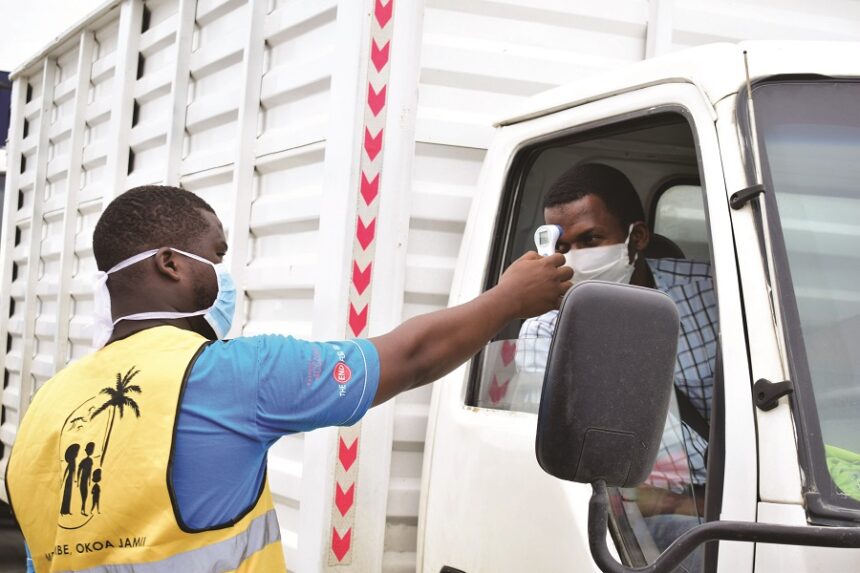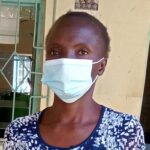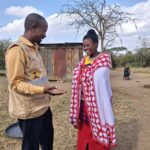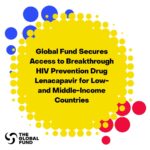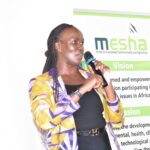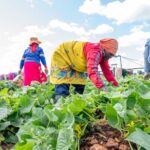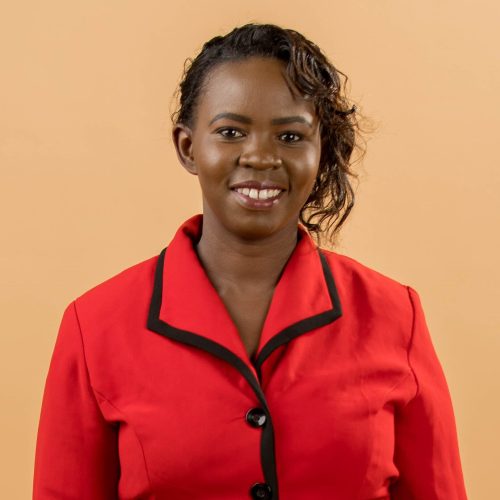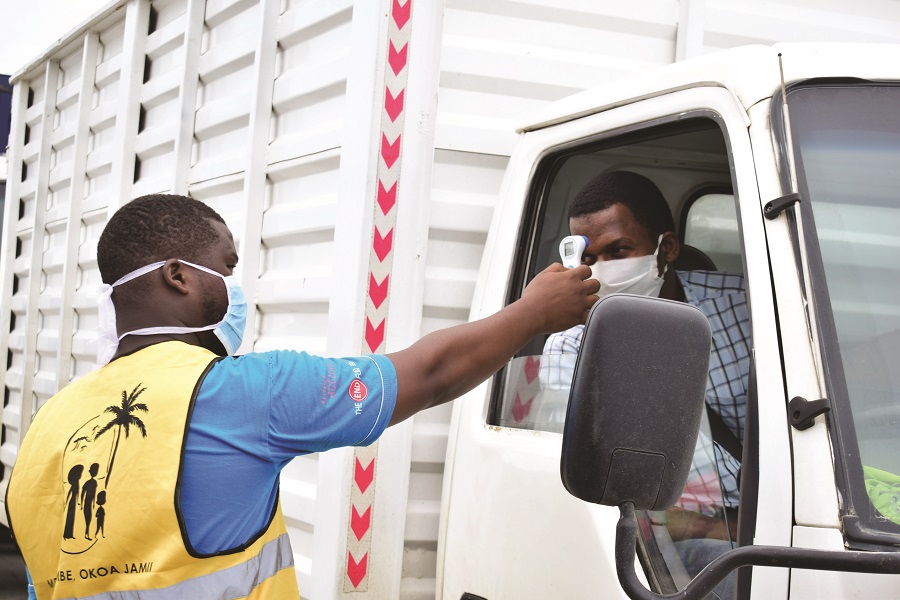
By Omboki Monayo | omboki2725@gmail.com
Aparticipation in the Aids Vaccine Advocacy Coalition (AVAC) science symposium lands me in central Malawi’s Salima District.
The date is November 14, 2020. At the Khombedza Health Centre, Miriam Khatumba arrives for a Covid-19 jab. She is quick to reaffirm that she won’t listen to claims that the prevention measure is satanic.
Such claims spread like wildfire the moment Malawi’s Health ministry introduced COVID vaccines in 2021.
Khatumba, 68, is here for the second dose. The first was in April at this same facility that has existed since 1970s.
“I came here for my first shot after authorities asked us to get vaccinated. I ignored the rampant fear-mongering,” she tells Sayansi.
Khomebdza Health Centre serves at least 85,955 people in Salima.
According to Cosmas Phiri, the facility’s Expanded Programme on Immunisation (EPI) Coordinator, 6,838 (15 per cent) of Khombedza residents are fully vaccinated. Some came from as far as Chimphanga and Makanjira, 14km and 18km away respectively, incurring up to 6,000 Kwacha ($5.8) on transport alone in a country where the Ministry of Labor, Youth and Manpower Development data estimates the December 2022 average monthly wage at $48.77.
Khatumba, accompanied by her husband, says: “I want to protect myself and my family from severe COVID-19 infection and possible death.”
Lucia Frankie, a traditional leader, also got vaccinated, with her first dose coming in January 2022. “It was for my sake and my family’s,” she says at the health centre that started as a dispensary in 1970s before it was upgraded in the 80s.
On the way to becoming a fully-fledged health centre, the facility has been expanded through construction of a theatre, male and female wards and a maternity wing. And now the construction of office blocks and additional housing for nurses and clinical officers is underway.
Thanks to the government and development partners’ investments infrastructure and medical personnel, Khombedza Health Centre is now an established community bulwark against the spread of COVID-19 and other infectious diseases.
“We treat TB, COVID-19, malaria and other infectious diseases. In addition, we carry out deliveries as well as maternal and child health services. At least 130 deliveries are done here every month,” says Mr Phiri, adding: “We have adult and child vaccination, as well as disease surveillance in the region.”
Although infection rates have reduced globally, COVID-19 still exists, with World Health Organisation (WHO) data showing Malawi as cumulatively recording 88,123 cases and 2,685 deaths by December 16, 2022.
“We started the COVID-19 vaccination in 2021, with Astra Zeneca, Johnson & Johnson and Pfizer doses,” says Phiri, adding: “Almost 4,000 people have since been vaccinated at the facility. Roughly half of them are fully vaccinated, with Chisamba area having the highest coverage rate of 41 per cent.”
This despite the misinformation that seemed to be a hurdle in the drive to fully vaccinate locals.
Ministry of Health statistics shows only 31 per cent of Malawians have received at least one COVID-19 vaccine dose. “We have recorded a low rate partly due to vaccine hesitancy and the global reduction in infections. We are still engaging the public to get more people vaccinated,” says Maureen Luba of the Health Ministry.
The interactive symposium that included representation from the Malawi Ministry of Health, medical experts, science journalists from Malawi, Kenya (by three members of Media for Environment, Science, Health and Agriculture (MESHA)), Zimbabwe, Uganda and Tanzania, unearths a lot of hesitancy stories.
For Rashid Manganda, a Health Surveillance Assistant (HAS) based in Palombe District on the Malawi-Mozambique border, vaccine hesitancy is a major challenge. Villagers once forced the community health worker to take the HPV vaccine meant to protect girls aged 10 to 14 against development of cervical cancer in their sexually active adult years.
Rashid agreed to take the jab, which is primarily meant for young girls and boys.
“I knew that the vaccine would cause me no harm, even though it was meant for female recipients for the purpose of preventing the development of cervical cancer during their sexually active phase of life,” he said.
The move by the HSAs bore fruit. “After we took the jab, the villagers allowed us to proceed with the rest of the exercise. It is important for us to engage the community if we are to make headway against COVID-19 and other diseases,” he says.
“Many people, including clerics, claimed the jab was a satanic method to control the black population. There were rumours that the vaccinated part of the body would be magnetic,” says Phiri.
Researchers Qun Ao, Robert Egolet, Hui Yin and Fuqian Cui carried out a cross-sectional study in the country, covering 758 participants in 2021.
“Of these, 189 or 24.9 per cent were vaccinated. A further 271 or 35.8 percent were willing to be vaccinated but had not yet received the vaccine, and 298 (39.3 per cent) refused to be vaccinated,” reads the report published in the May 2022 edition of the Swiss MDPI journal.
Vaccine hesitancy is defined by WHO as “delay in acceptance or refusal of vaccines despite the availability of vaccination services”.
WHO has highlighted hesitancy as one of the 10 threats to global health.
The Health ministry has countered the misinformation, with the help of faith and opinion leaders in awareness campaigns.
The effort, says Phiri, has paid off. “We have recorded significant success in our faith-based vaccination campaigns. For instance Jehovah’s Witness faithful were the first to be vaccinated following directions from their international leadership,” he says.
The country plans to vaccinate 10.97 million people or 60 percent of the population as soon as possible, and Mr Phiri says the vaccine is still available in the facility.
Ms Luba says the ministry intensified the campaign at the grassroots by incorporating Health Surveillance Assistants (HSAs). “We brought community leaders and other stakeholders to the table to decide which policies to be implemented. Among them was the involvement of HSAs in the vaccination drive,” she said.
In Khombedza region, some 41 HSAs serve communities under Mr Phiri’s guidance and supervision. Khatumba and Frankie have both benefited from the awareness creation by the HSAs.
Clinical Officer Boniface Chisamba says the HSAs also targeted HIV positive, those with hypertension and diabetes. “People with diabetes, high blood pressure and HIV are at high risk of infection with COVID-19, so we encourage them to be vaccinated.
We did this for the people living with HIV by combining counselling and antiretroviral services with COVID-19 awareness,” says Mr Chisamba.
Among the cases he handled at the facility was a pregnant woman admitted in May 2021. “We managed her health till the infection cleared. She delivered a baby girl free of COVID-19,” he said.
The medic admits the facility lacks test kits, which are however available at the larger Salima District Hospital. “We refer suspected cases to Salima Hospital and once they are confirmed we manage them until the infection clears,” he says.
At the end of the symposium, Ms Kay Marshall of AVAC urged media to help debunk the myths and misconceptions around vaccination.
“Media should intensify efforts to dispel the rumours around the safety and efficacy of COVID-19 vaccines. This includes misinformation being peddled by social media sites that lack scientific credibility,” she said, adding that the problem was not unique to Africa.
“Vaccine hesitancy is an issue in the wealthier countries of the Global North, including the USA, due to the political and religious beliefs of many who opted not to get vaccinated,” she told Sayansi.
“Accurate, timely and easily accessible knowledge will help the public to understand the importance of vaccines and the need to take them in large numbers to rapidly achieve herd immunity,” she said.


